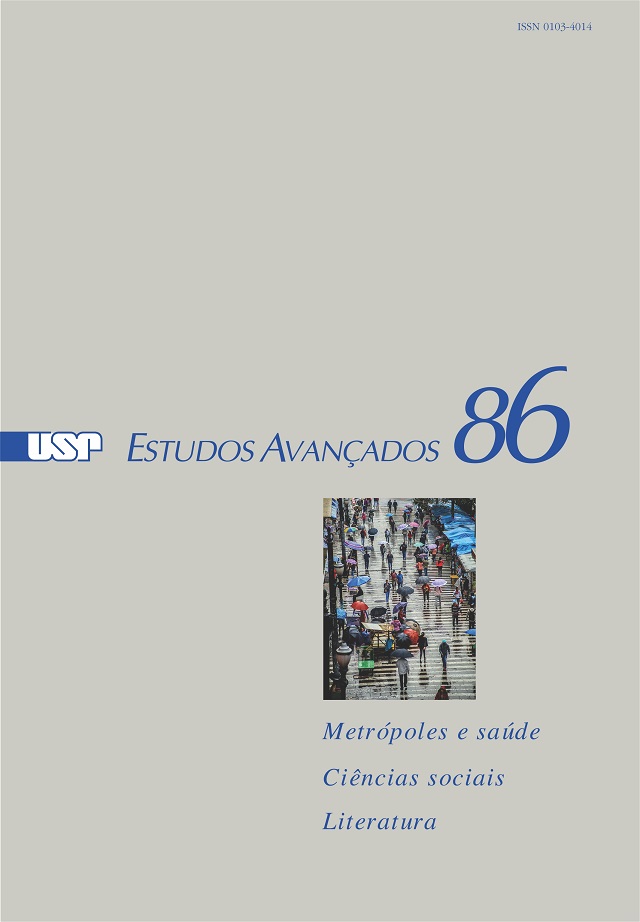Jorge de Lima poeta em movimento (Do "menino impossível" ao Livro de sonetos)
Abstract
This essay explorers the poetic journey of Jorge de Lima, from the publication of the poem "O mundo do menino impossível" [The world of the impossible boy] to Livro de sonetos [Book of sonnets]. After transiting from the academic-Parnassian style to the modernist language, Jorge de Lima turned to evocations of the social landscape of his native province, Alagoas. In the 1930s, he wrote poems of African and Brazilian Northeast inspiration, later gathered in Poemas negros [Black poems]. After his conversion to Catholicism, under the influence of the painter Ismael Nery, his poetry became openly biblical and Christian, beginning with Tempo e eternidade [Time and eternity] composed in partnership with Murilo Mendes. Túnica inconsútil [Seamless robe] and Anunciação e encontro com Mira-Celi [Annunciation and encounter with Mira-Celi] deepen his mystical bent. His Livro de sonetos expresses in classical forms a surrealistic imagination. Understanding the dynamics of the poet's images is one of the leitmotifs of this essay.Downloads
Download data is not yet available.
Downloads
Published
2016-04-01
Issue
Section
Literatura
License
Estudos Avançados não celebra contrato de cessão de direitos autorais com seus colaboradores, razão pela qual não detém os direitos autorais dos artigos publicados. Os interessados em reproduzir artigos publicados na revista devem necessariamente obter o consentimento do autor e atribuir devidamente os créditos ao periódico.
How to Cite
Bosi, A. (2016). Jorge de Lima poeta em movimento (Do "menino impossível" ao Livro de sonetos) . Estudos Avançados, 30(86), 183-207. https://revistas.usp.br/eav/article/view/115088


